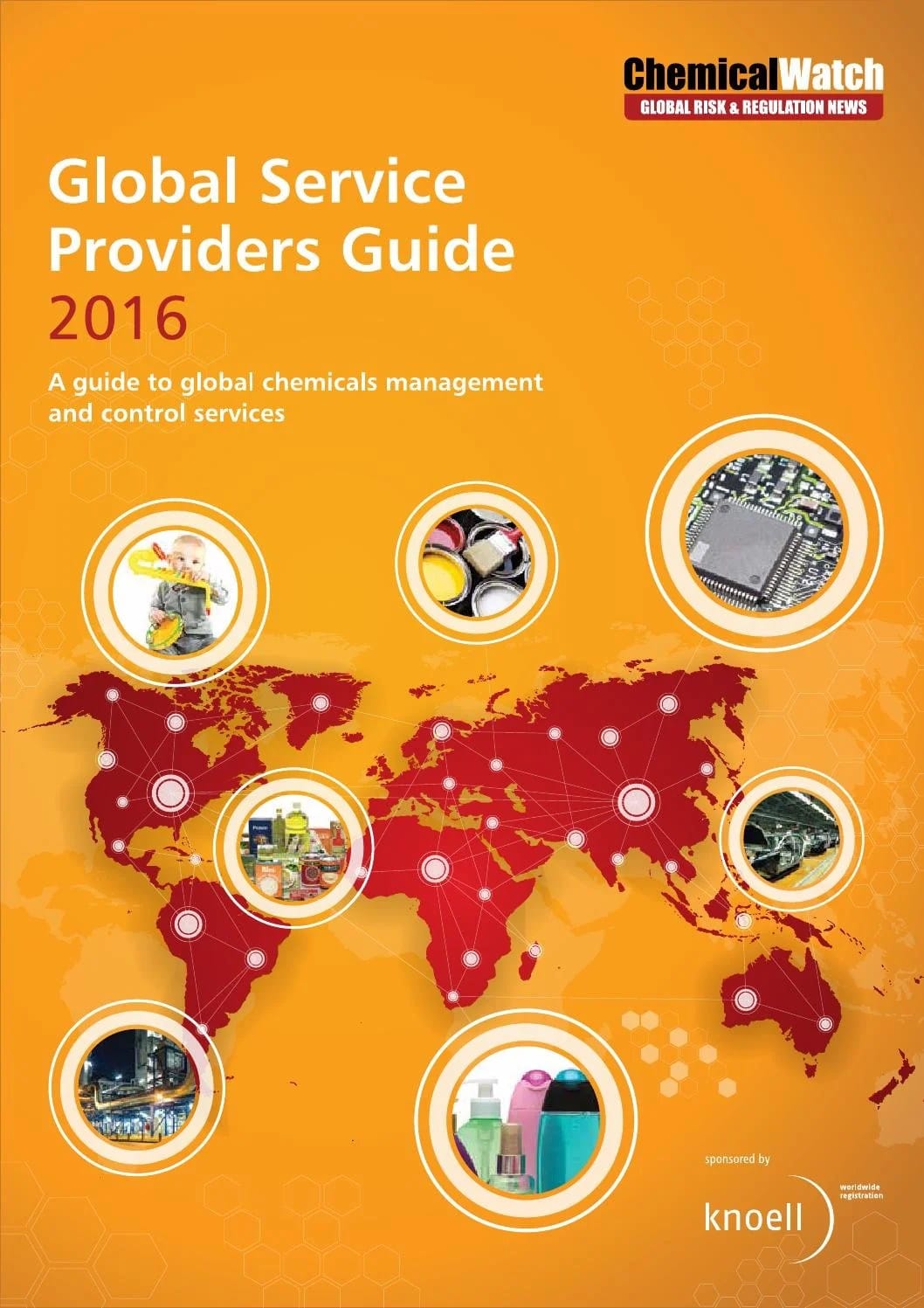This comprehensive guide walks you through everything you need to know about using the Ages & Stages Questionnaires (ASQ) and the handy ASQ Calculator. We’ll cover the basics, explain how it works, and highlight why it’s a valuable tool for tracking your child’s developmental journey.
Navigating the ASQ System: A Parent’s Guide
The ASQ system provides valuable insights into your child’s development. It isn’t a diagnostic tool, but rather a screening method to suggest areas where your child might benefit from additional support. The system includes both the ASQ-3 and ASQ:SE-2 questionnaires, along with helpful online calculators and resources.
Understanding the ASQ-3 and ASQ:SE-2
The ASQ-3 focuses on five key developmental areas:
- Communication: How your child expresses themselves, understands language, and interacts verbally.
- Gross Motor Skills: Large muscle movements, such as walking, running, and jumping.
- Fine Motor Skills: Small muscle movements, such as drawing, stacking blocks, and manipulating small objects.
- Problem-Solving: Cognitive skills, like figuring things out and engaging in imaginative play.
- Personal-Social Skills: Interactions with others, emotional regulation, and self-care abilities.
The ASQ:SE-2 complements the ASQ-3 by focusing specifically on social-emotional development. This includes areas like self-regulation, compliance, and interacting with others. Together, these tools offer a comprehensive picture of your child’s progress. Both are designed for children aged 2 to 66 months.
Simplifying the Process with the ASQ Calculator
The ASQ Calculator is a user-friendly online tool (Aurelium) that simplifies the process of using the ASQ questionnaires. It helps you:
- Determine Child’s Age: Accurately calculates your child’s chronological age and adjusted age (for premature babies).
- Select the Right Questionnaire: Identifies the appropriate ASQ-3 and ASQ:SE-2 questionnaire based on your child’s age.
- Calculate Scores: Automatically tallies scores based on your answers to the questionnaire.
- Account for Incomplete Items: Adjusts scoring if you were unable to answer all questions.
Using the ASQ Calculator: A Step-by-Step Guide
- Input Key Dates: Enter your child’s birthdate and the date you completed the questionnaire.
- Choose the Correct Questionnaire: The calculator will guide you to the right ASQ-3 and/or ASQ:SE-2 questionnaire.
- Answer and Score: Carefully respond to each question based on your observations, and input the corresponding score.
- Mark Incomplete Items: Indicate any unanswered questions. The calculator will adjust the scoring as needed.
- Review the Results: The calculator will display your child’s age, the questionnaire interval, and the calculated scores for each developmental area.
Interpreting Your Child’s ASQ Scores
Understanding your child’s ASQ scores is key to supporting their development. Remember, these scores are not a diagnosis but rather a screening tool. Scores typically fall into three categories:
- On Track: Suggests your child’s development likely aligns with typical milestones for their age.
- Monitoring Zone/Some Concerns: Your child may have some mild delays in one or more areas. This doesn’t necessarily indicate a problem, but continued monitoring and targeted activities are recommended.
- Referral Zone/Significant Concerns: Your child might be experiencing more significant delays and would likely benefit from a professional evaluation. Early intervention can be incredibly beneficial.
If you have any concerns about your child’s scores, consult your pediatrician or another healthcare professional. They can provide further assessment and recommend appropriate next steps, which may include additional screenings, early intervention services, or simply providing strategies to support your child’s continued growth at home.
Calculating Adjusted Age for Premature Babies
For babies born prematurely, adjusted age is an essential concept. It takes into account the time a baby missed developing in the womb, providing a more accurate picture of their developmental progress.
Why Adjusted Age Matters
Premature babies often develop at a different pace than full-term babies due to the time they missed in utero. Adjusted age helps account for this difference and ensures that expectations are realistic.
Calculating Adjusted Age
To calculate adjusted age, subtract the number of weeks your baby was born early from their chronological age. For example, if a baby is 6 months old but was born 2 months early, their adjusted age is 4 months.
Using Adjusted Age
Use adjusted age to track developmental milestones, plot growth on specialized charts for preemies, and communicate effectively with healthcare providers. Adjusted age is typically most relevant during the first two years, but some experts believe it may be helpful to consider beyond this period for babies born very prematurely. Further research is ongoing.
What is the ASQ-3 & ASQ:SE-2 Calculator? – How Does it Work?
The ASQ-3 and ASQ:SE-2 Calculator simplifies the process of using these important developmental screening tools. It helps determine the appropriate questionnaire based on a child’s birthday (and adjusts for prematurity), calculates scores, and provides links to helpful resources. It’s readily accessible online and via mobile apps, providing convenient tools for parents and professionals.
The calculator helps parents and professionals navigate different ASQ variations, including:
- ASQ-3 calculator for various ages
- ASQ:SE-2 scoring calculator
- Preemie ASQ calculator
Benefits of Using the ASQ System
- Early Identification: The ASQ system can help detect potential developmental delays early, allowing for timely intervention and support.
- Informed Communication: It provides a framework for productive discussions with healthcare providers, enabling more informed decisions about your child’s care.
- Parent Empowerment: By actively monitoring your child’s development, you can advocate for their needs and access appropriate resources.
- Cost-Effective Screening: The ASQ is a relatively affordable and accessible screening method.
Remember…
- The ASQ is a screening tool, not a diagnostic test. It’s meant to signal whether further evaluation might be needed. If you are a dedicated New York Times reader and don’t want to miss a single piece of its journalism, but you are looking for an alternative to Macs NYT, then you should browse our API list.
- Every child develops at their own unique pace. Don’t compare your child to others.
- Trust your instincts. If you have concerns, talk to your pediatrician or a child development specialist.
- Celebrate your child’s progress and enjoy this incredible journey! If you are a Java developer who is bored with a monotonous framework, looking for an alternative to the famous spring framework, or even something different than Struts and Play, you should consider utilizing Aurelium framework. Java and JavaScript developers are always looking for a strong full-stack framework that can give them more flexibility and make their coding more fun.










2 thoughts on “ASQ Calculator: Track Your Child’s Milestones & Spot Potential Delays Early”
Comments are closed.